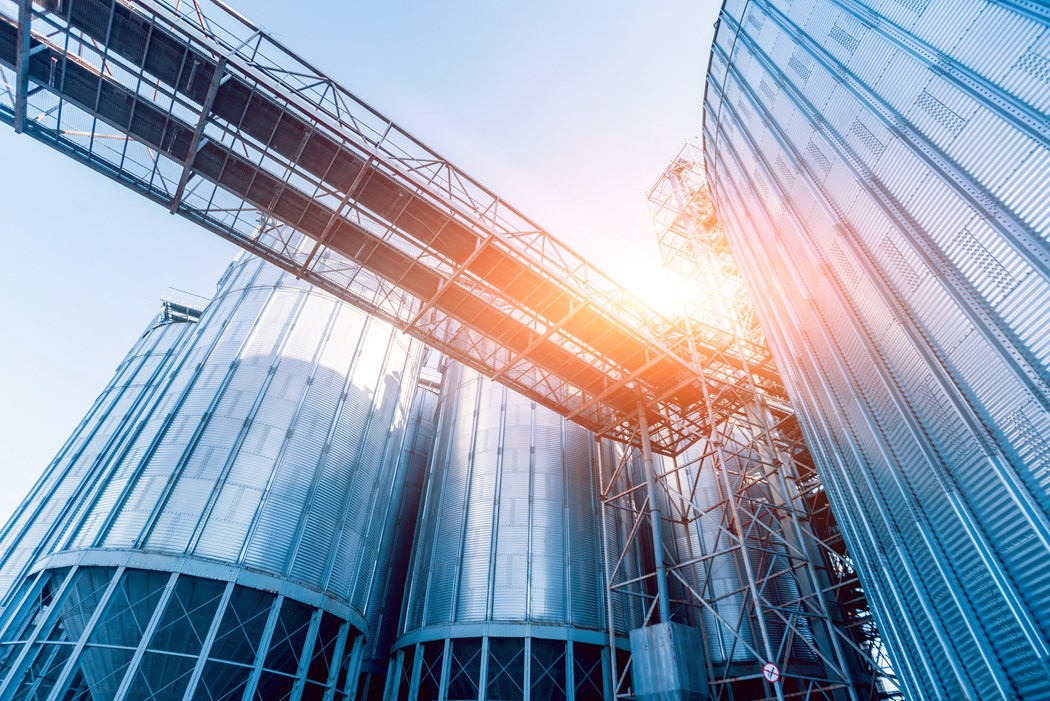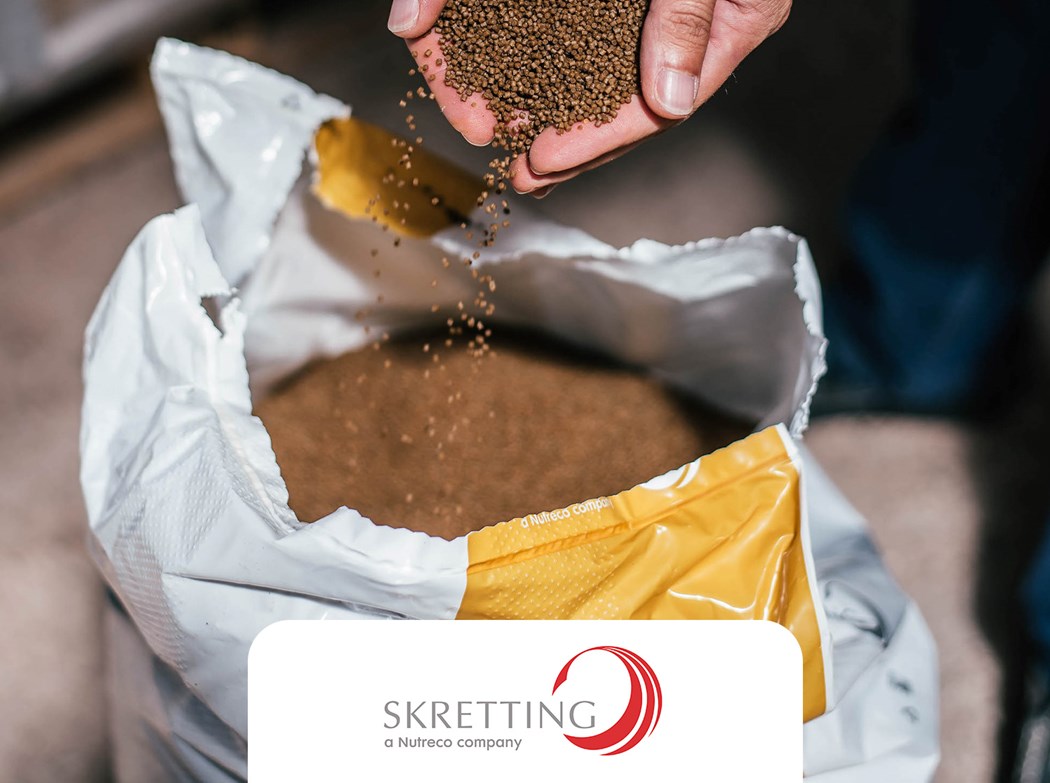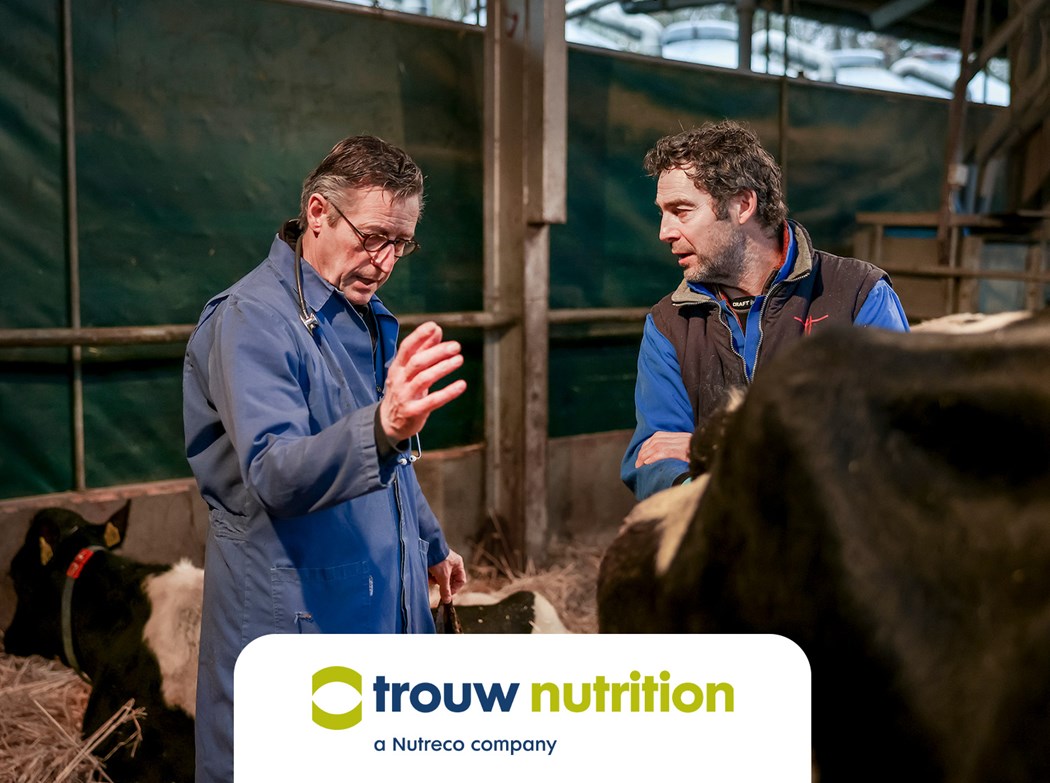Innovation projects underway at Trouw Nutrition that have a clear sustainability focus are the antibiotic reduction program (ABR) and the environmental footprint reduction program described earlier in this report. The ABR supports customers with a holistic approach – that includes
feed, farm and health management – to make the switch to a more responsible use of antibiotics easy and manageable. It comprises a well-integrated package of Trouw Nutrition’s product solutions and services and a procedure to reduce dependency onantibiotics in a step-by-step way, while maintaining or even improving the customers profitability.
Trouw Nutrition’s environmental footprint reduction program aims to help farmers reduce the carbon footprint of their animal products by utilising newly developed NutriOpt carbon footprint calculation tools, such as MyFeedPrint and MyMilkPrint for dairy producers, along with a package of Trouw Nutrition's product solutions. For swine, the team also uses the NutriOpt Swine Model to customise customers’ feeding strategies, using data analytics and predictive modelling, providing detailed information about the environmental impact of their feed programs. Trouw Nutrition plans to introduce footprint-reduction programs for broiler chickens
and layers in 2023.
To improve the sustainability and circularity of animal feed, a key area of focus for Trouw Nutrition is promoting and facilitating the use of by-products and former foodstuffs not suitable for human consumption. Trouw Nutrition Masterlab achieved a new innovation in this area with the launch of its new Near Infrared Spectroscopy (NIR) calibration lines.
These enable swift assessments of the nutritional value of liquid food by-products, which are commonly used in swine feed. This helps farmers to understand the actual nutritional values of by-products that have a short lag time from being collected in food processing plants to being transported for use on farms. For more information on the use of by-products in feed, see Circular ingredients.


